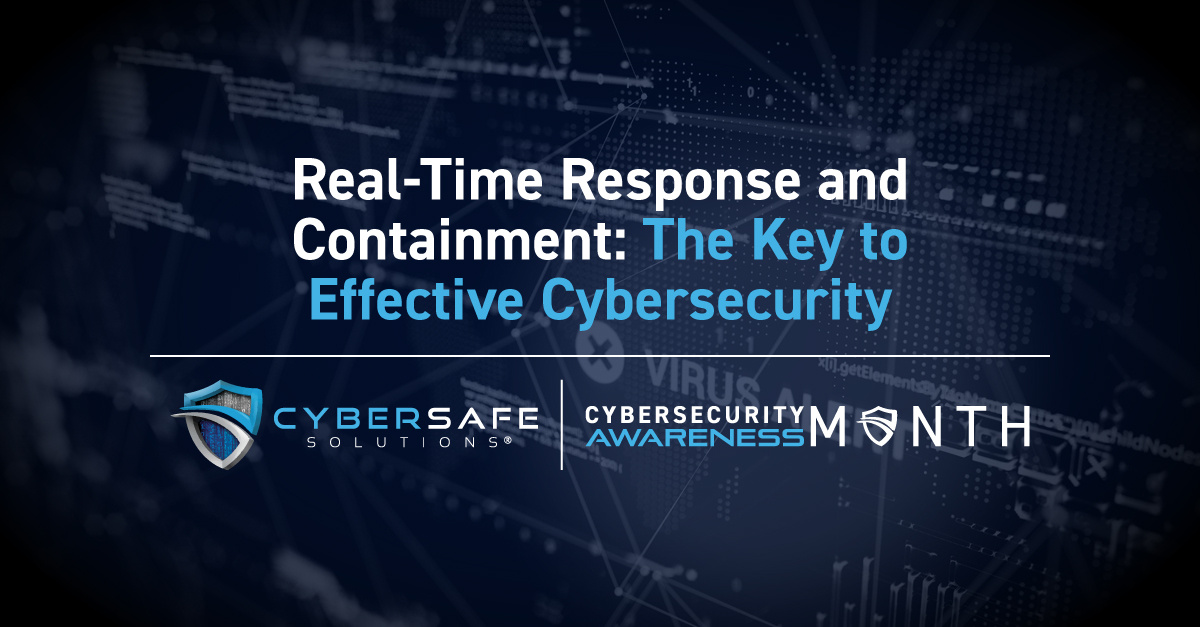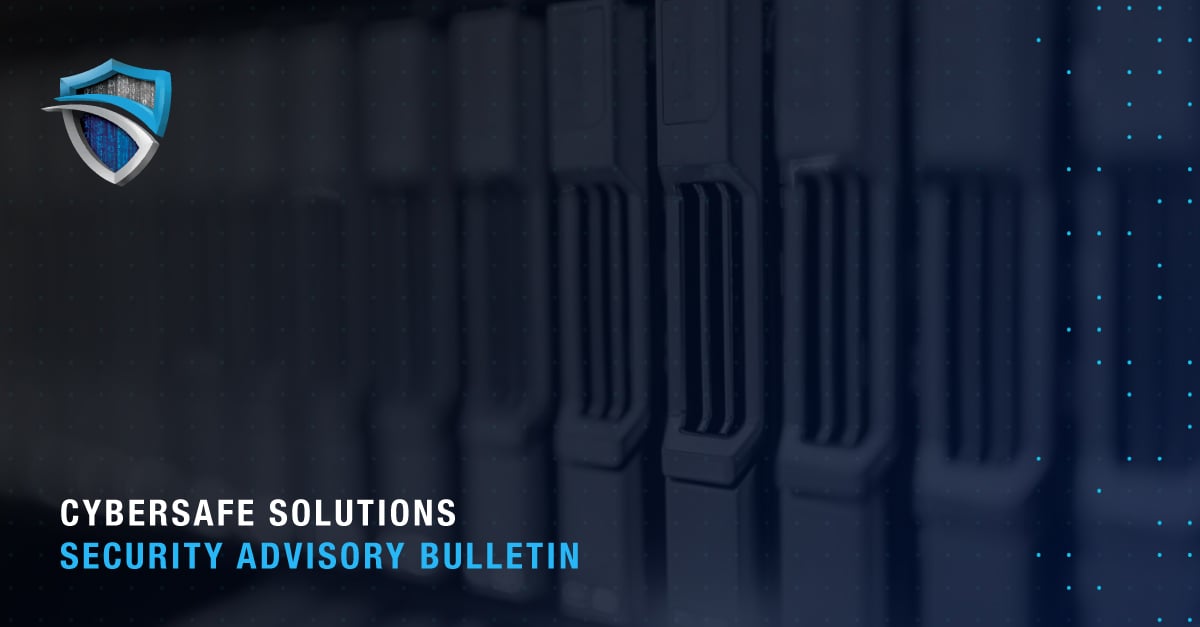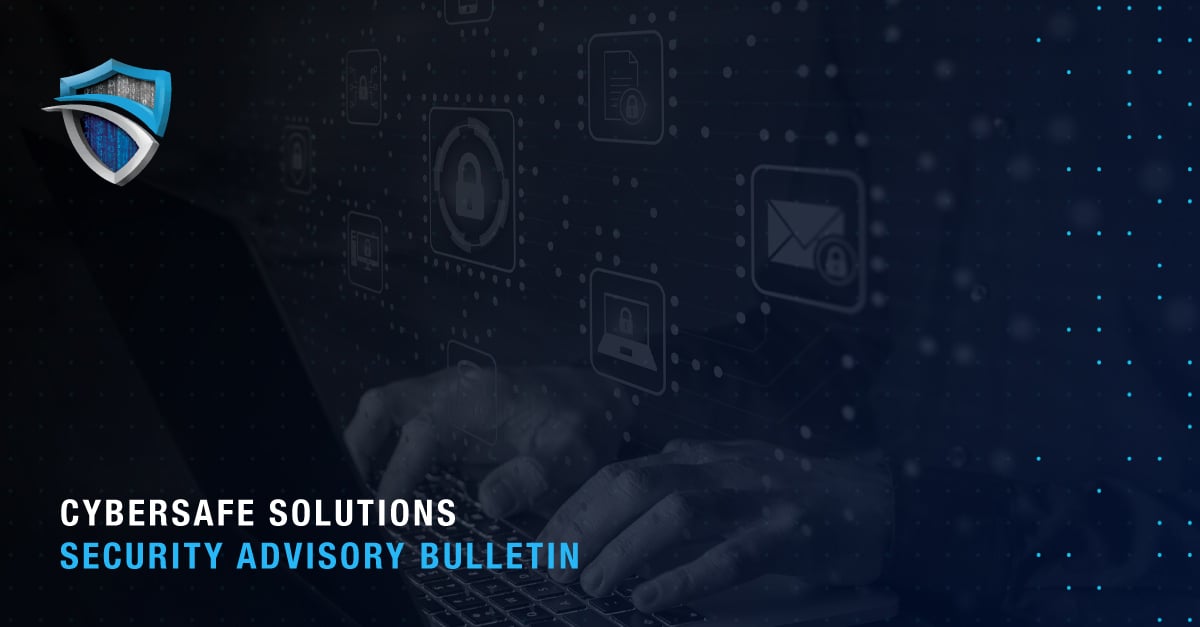The recent Dish Network (Dish) ransomware attack (2023) offers a stark reminder of how delays in response and containment can significantly amplify the damage caused by a cyberattack.
Following detection, Dish struggled to restore operations, leading to prolonged service outages across its TV, internet, and customer support systems. The disruptions lasted several days, impacting customers and employees, and cost Dish an estimated $30 million in lost revenue and recovery.
These challenges underscore the importance of timely action during security incidents. A delayed response can lead to extensive operational and reputational damage一on top of financial losses, while rapid detection, response, and containment significantly reduce these impacts.
The Importance of Real-Time Response
By quickly containing threats, organizations can limit the time an attacker operates within their networks, help prevent the spread of the threat, and better maintain control over affected systems. In contrast, delays lead to real cost increases.
According to IBM’s Cost of a Data Breach Report 2024, post-breach response and lost business costs increased by a staggering 11% over the last year, playing a significant role in driving up the average cost of a data breach from $4.45 million to $4.88 million.
Containment focuses on reducing immediate systemic risk and creating a stable environment for the remediation phase, helping neutralize the threat so the organization can start the recovery process.
Remediation involves executing actions to eliminate the threat, recover affected networks, and restore normal operations while investigating the root cause of the breach to prevent future incidents.
Effective containment strategies not only reduce downtime and minimize disruptions to business operations but also safeguard your reputation by helping prevent negative publicity.
Key Elements of Real-Time Response
Effective response strategies include several key elements that work together to contain threats, mitigate risks, and expedite recovery. They include the following:
Continuous Monitoring
Continuous monitoring is the foundation of an effective cybersecurity response, as tracking your network and systems for suspicious activity is critical to identifying threats early.
Tools such as Security Information and Event Management (SIEM) systems, Intrusion Detection Systems (IDS), and Endpoint Detection and Response (EDR) solutions provide automated scanning capabilities, detecting compromised systems by identifying predefined threat signatures, anomalies, and suspicious behaviors.
Automated Incident Response
Automated processes speed up response time, and include:
- Identifying affected systems to determine which devices, networks, or data have been compromised.
- Scanning for other compromised systems to assess if and where the breach has spread.
- Preventing further spread by disabling services, access points, or applying tighter access controls.
- Isolating impacted systems.
Effective Communication
Clear and timely communication helps security teams and key stakeholders remain aligned throughout the incident. By immediately notifying internal teams and senior management, organizations can mobilize resources and make informed decisions quickly.
Depending on the severity of the breach, external communication with customers, partners, or regulatory bodies may also be necessary. Transparent, well-coordinated messaging helps manage expectations, minimize confusion, and reduce reputational damage, all while keeping everyone informed and engaged in the response efforts.
Incident Response Planning
Incident response planning provides a clear roadmap for action during a security event. A well-structured plan outlines specific steps for identifying, containing, and mitigating threats, helping teams respond effectively and efficiently.
It also ensures proper documentation of evidence, such as system logs and attack vectors, which are critical for forensic investigations and compliance reporting.
Additionally, the plan can address system recovery, detailing how to eliminate threats, restore affected systems, and prevent future breaches, making it a vital part of an organization’s evolving defense strategy.
The Role of a Security Operations Center (SOC)
A well-managed Security Operations Center (SOC) is essential for enabling real-time response and containment by providing 24/7 monitoring, threat detection, and incident response capabilities.
A SOC is a unit tasked with continuously monitoring, detecting, and responding to cybersecurity threats and incidents, using a combination of people, processes, and technology to safeguard the organization’s information systems. A managed SOC or SOC-as-a-Service (SOCaaS), is an outsourced SOC solution for organizations without the ongoing maintenance of an in-house unit.
When it comes to response and containment, a SOC offers:
- Greater network visibility into activities and overall security status than offered through standard tools.
- Proactive threat detection using threat intelligence and advanced analytics to spot emerging risks early.
- Rapid incident response with dedicated resources to minimize downtime, disruption, and fallout.
- Reduced risk of cyber incidents and data loss with swifter threat identification and containment.
- Better compliance through alignment of security measures with legal and regulatory requirements.
In short, a top SOC serves as the foundation for a robust response and containment strategy, identifying and mitigating threats to protect critical systems and maintain business continuity.
How Cybersafe Can Help
Real-time response and containment are essential to protecting your organization from cyber threats. Cybersafe’s Security Operations team offers specialized expertise in incident response, using cutting-edge technology and top-tier threat intelligence to stay ahead of evolving threats.
With our most comprehensive security monitoring solution, SOL XDR, your organization benefits from continuous, real-time monitoring across your network, cloud, and endpoints. Additionally, Cybersafe delivers rapid threat detection and containment, enabling you to focus on daily operations while our experts safeguard your systems from potential breaches.
Contact us today to learn more.




